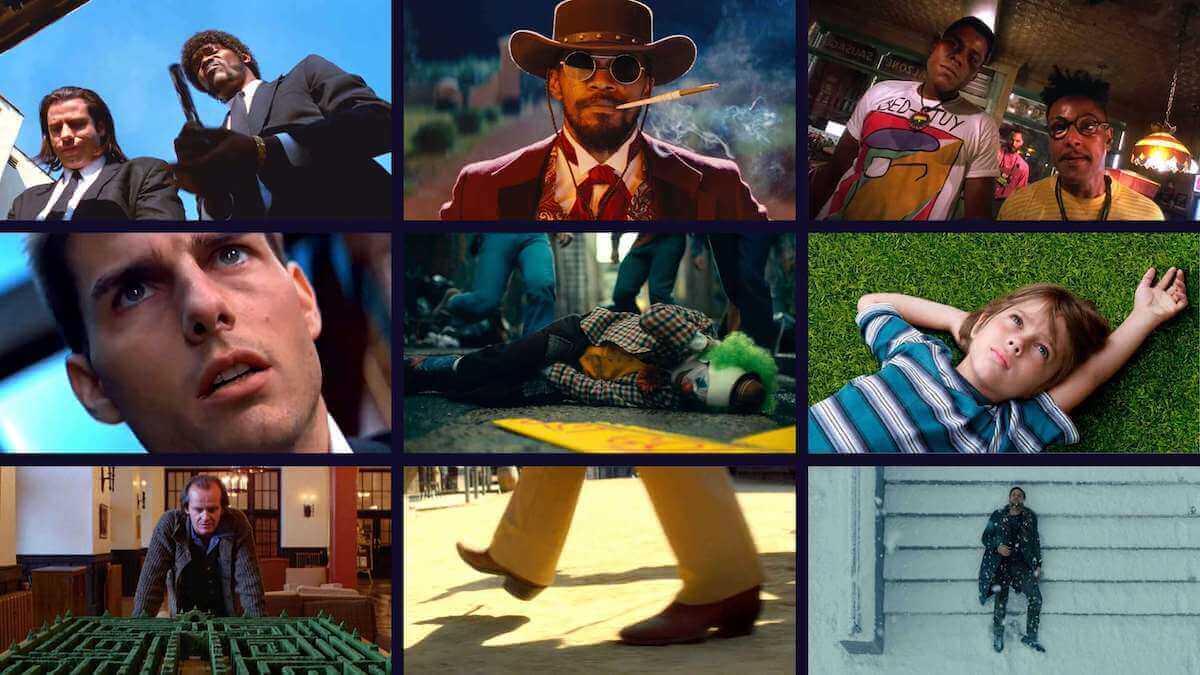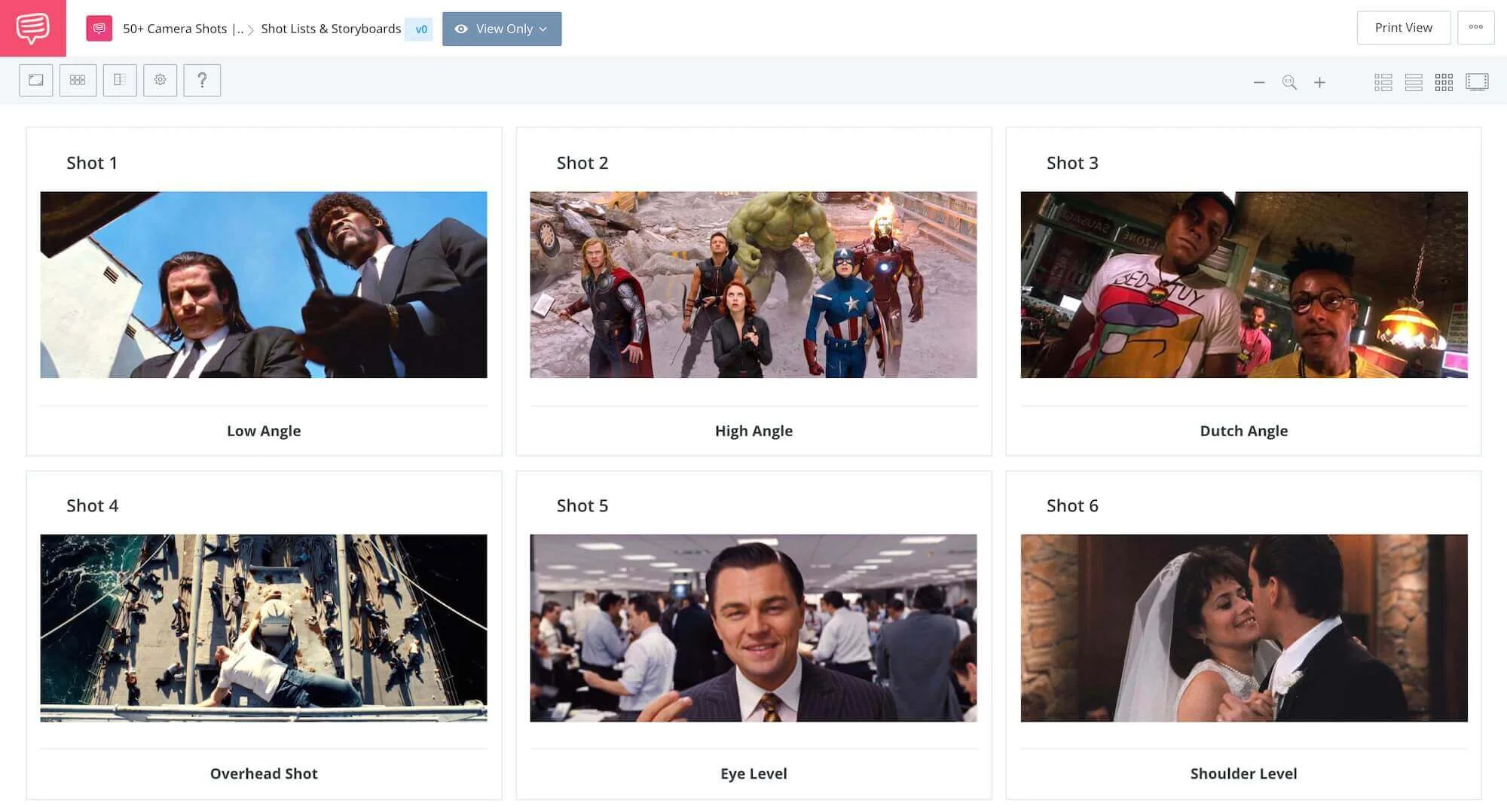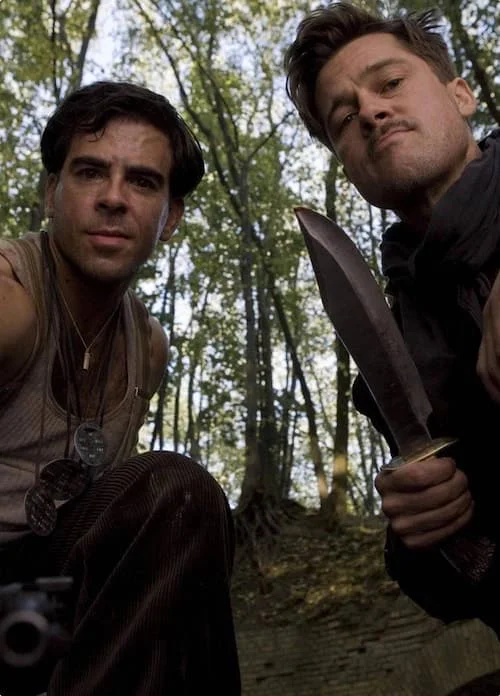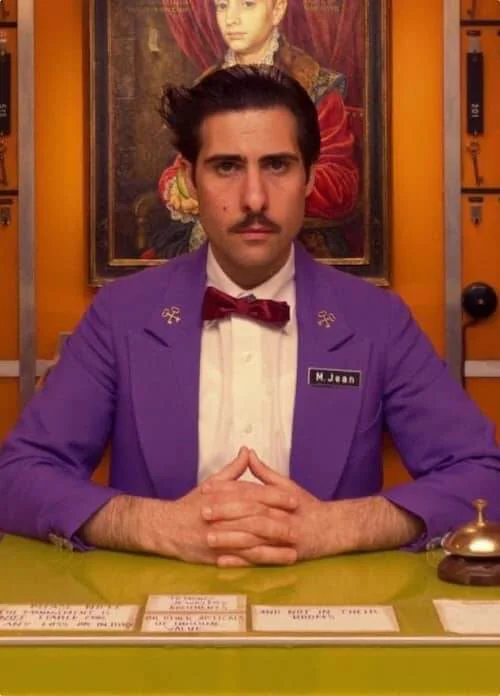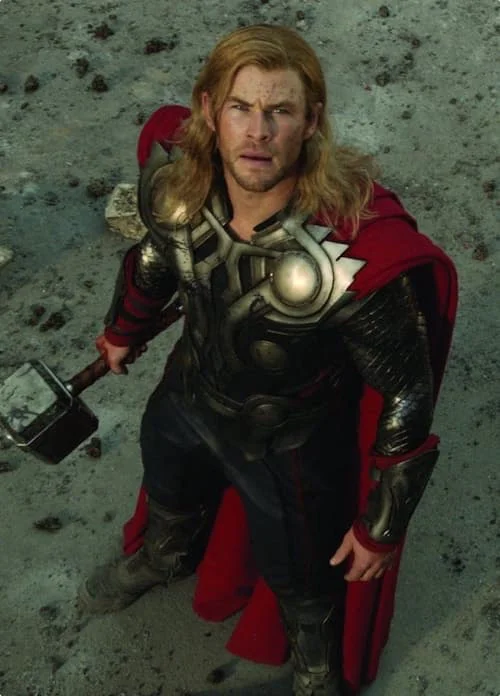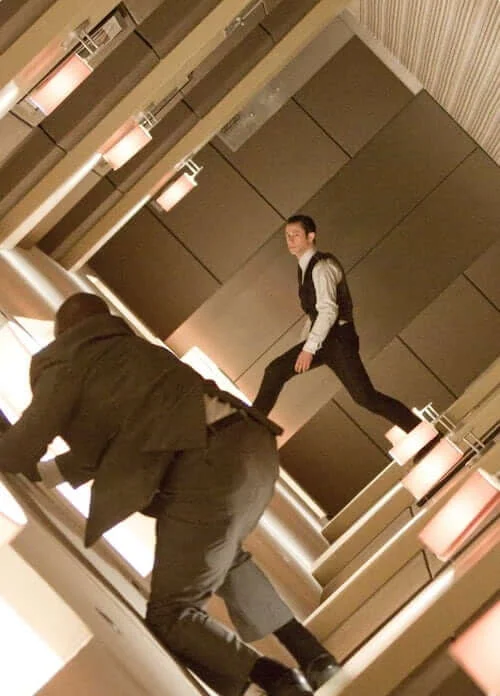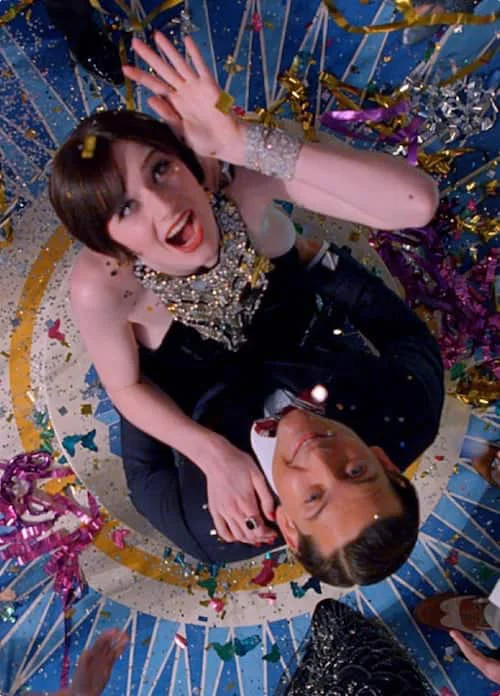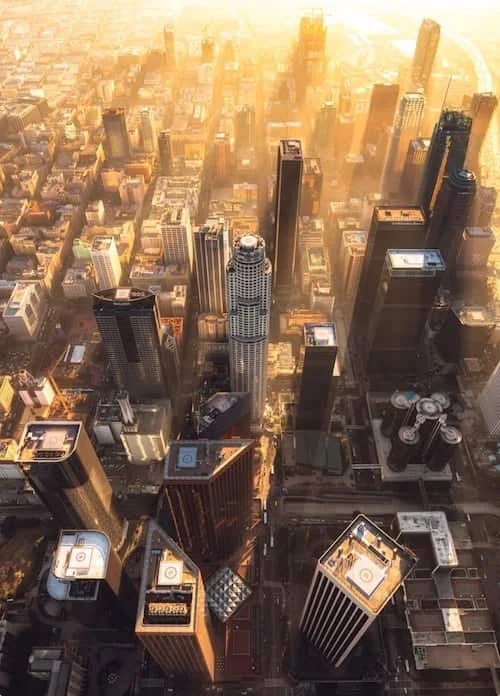You’re looking for a list of the different camera angles in film, but you also want great examples that come with clear explanations of when and why to use specific camera shot angles. Whether you want your characters to seem powerful, vulnerable, or intimate, the power of camera angles cannot be understated. We’ll provide you with downloadable shot lists that feature all of the different types of camera shot angles in film. Lezgo.
Camera Angles
Camera Shot Angle Overview
It's not enough to just understand shot size. Camera angles, and degree of those angles, can totally change the meaning of a shot. As you prepare your shot list, it helps to remember all the options. We're going to build a shot list using StudioBinder to highlight the various camera angles. Here's a quick video on how a shot list is created.
Shot Listing in StudioBinder • Subscribe on YouTube
Here is a shot list with the different types of camera shot angles. We used some of the most iconic camera angles from films like The Matrix, Do the Right Thing, and Pulp Fiction as a sort of cheatsheet. Can you guess what movies are represented here? Follow the image link to see the fully populated shot list, which you can also download and use for reference.
Camera Shot Angles • Shot Listed in StudioBinder
Now that's we've reviewed all the different types of camera angles in film, let's take a closer look at them one at a time.
Eye Level Shot Example
Eye Level Shot
Our first camera angle is the eye level shot, and this is when your subject is at eye-level. An eye level shot can result in a neutral perspective (not superior or inferior). This mimics how we see people in real life — our eye line connecting with theirs, and it can break down boundaries.
Here's an example of the eye level camera angle:
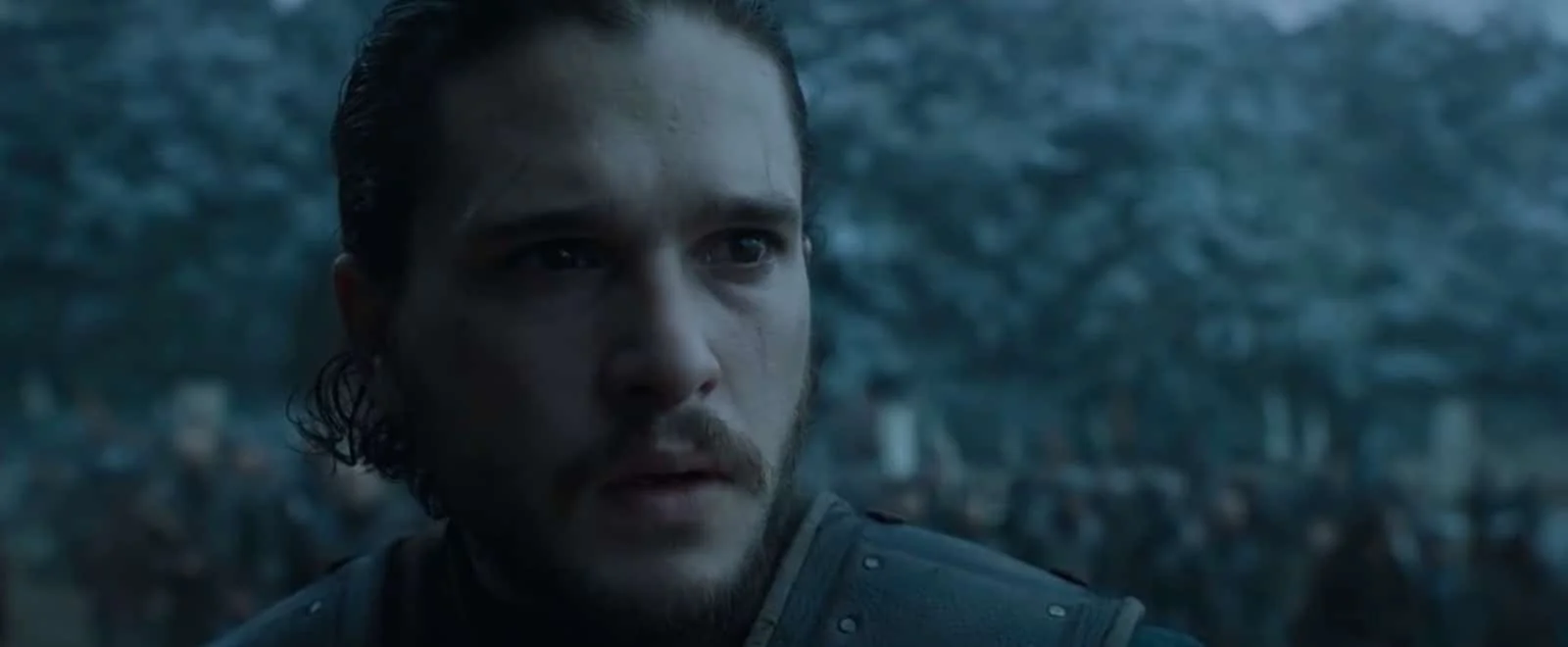
Eye Level Shot Example • Game of Thrones
Eye level shots are actually much less standard than one might initially think, because directors often prefer to place the camera at shoulder level to attain a much more cinematic look.
Learn more about Eye Level Shots →
Low Angle SHOT Example
Low Angle Shot
A low angle shot shot frames the subject from below a their eyeline. These camera shots most often emphasize power dynamics between characters — a low angle shot on one character is often paired with a high angle shot on the other character.
Here's an example of the low angle camera angle:
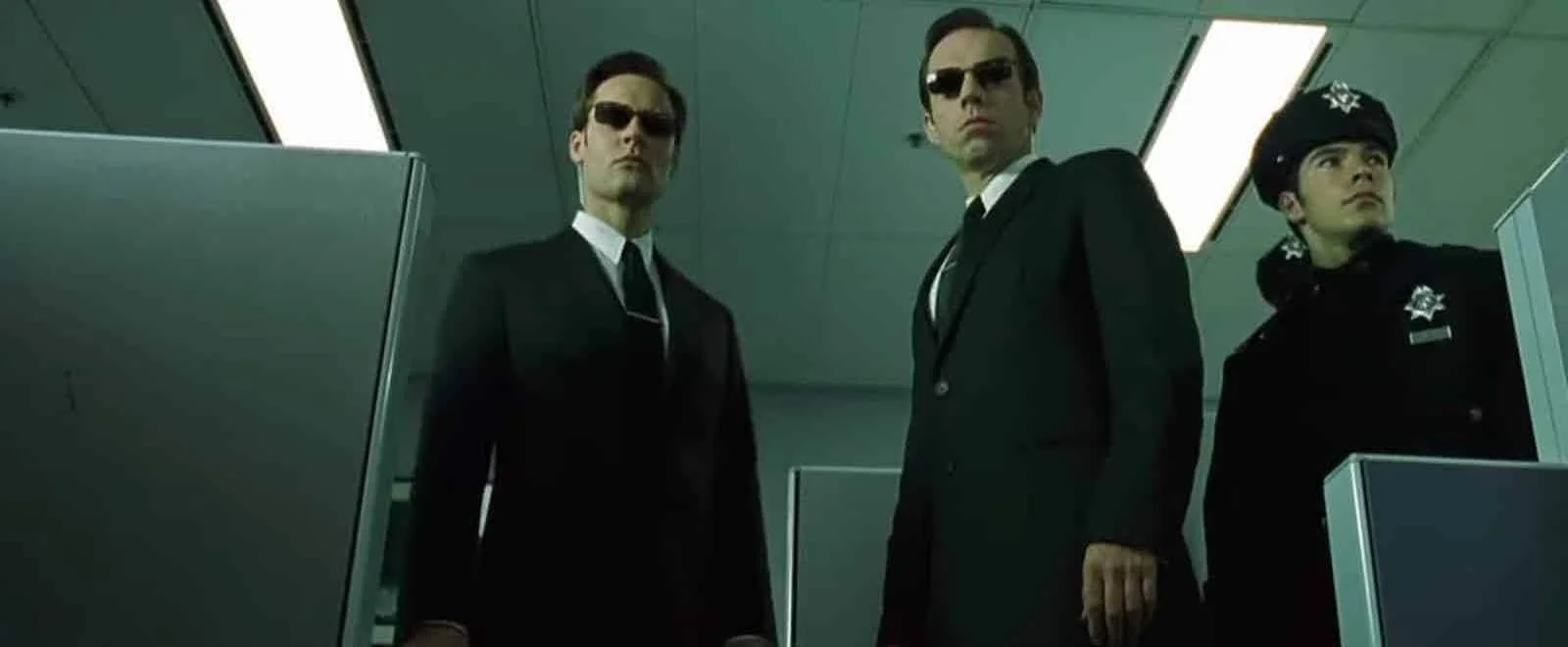
Low Angle Shot • The Matrix
Low angle camera shots are a perfect camera angle for signaling superiority or to elicit feelings of fear and dread. Here's a video that dives deeper into the various low angle shot examples and how they have been used by filmmakers like Wes Anderson, Orson Welles, and Spike Jonze.
Low Angle Examples • Subscribe on YouTube
In your next shot list, when you've got a character who is powerful (or at least feeling powerful), consider the low angle shot. It will bring that extra bit of meaning to your shot.
Learn more about Low Angle Shots →
High Angle Shot Example
High Angle Shot
In a high angle shot, the camera points down at your subject. It usually creates a feeling of inferiority, or “looking down” on your subject. But, again, with every other camera angle, there are many applications.
Here's an example of the high angle camera angle:
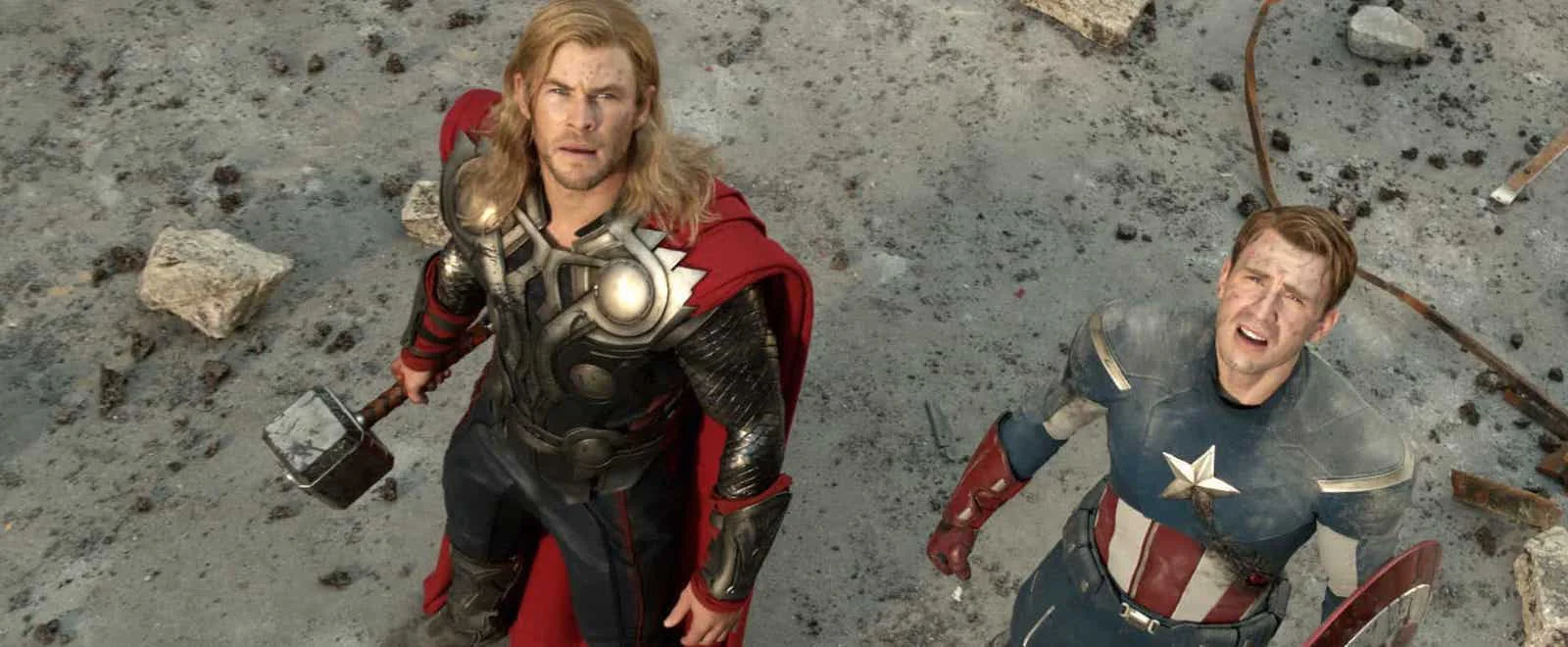
High Angle Shot Example • Avengers
Here is our video on how you can use high angle shots in your film. But, as the video below shows, there are the standard and more creative expressions of the high angle shot.
High Angle Shot Examples • Subscribe on YouTube
The high angle shot is a versatile shot that can be used in many situations. The most common usage is to make a character seem vulnerable and powerless but there are always exceptions to the rule.
Learn more about High Angle Shots →
Hip Level Shot Example
The Cowboy Shot or Hip Level Shot
A Cowboy shot is when your camera is roughly waist-high. Hip level shots are often useful when one subject is seated while the other stands.
Hip level shots can also be extremely useful camera angles for when you have action that occurs near the hip, like weapons being drawn, or someone reaching into their pocket. That's why it's also known as a "cowboy shot" — we can't think of hip level shots without seeing a gun, holster, and the enemy ahead in the distance.
Here's an example of the hip level camera angle:
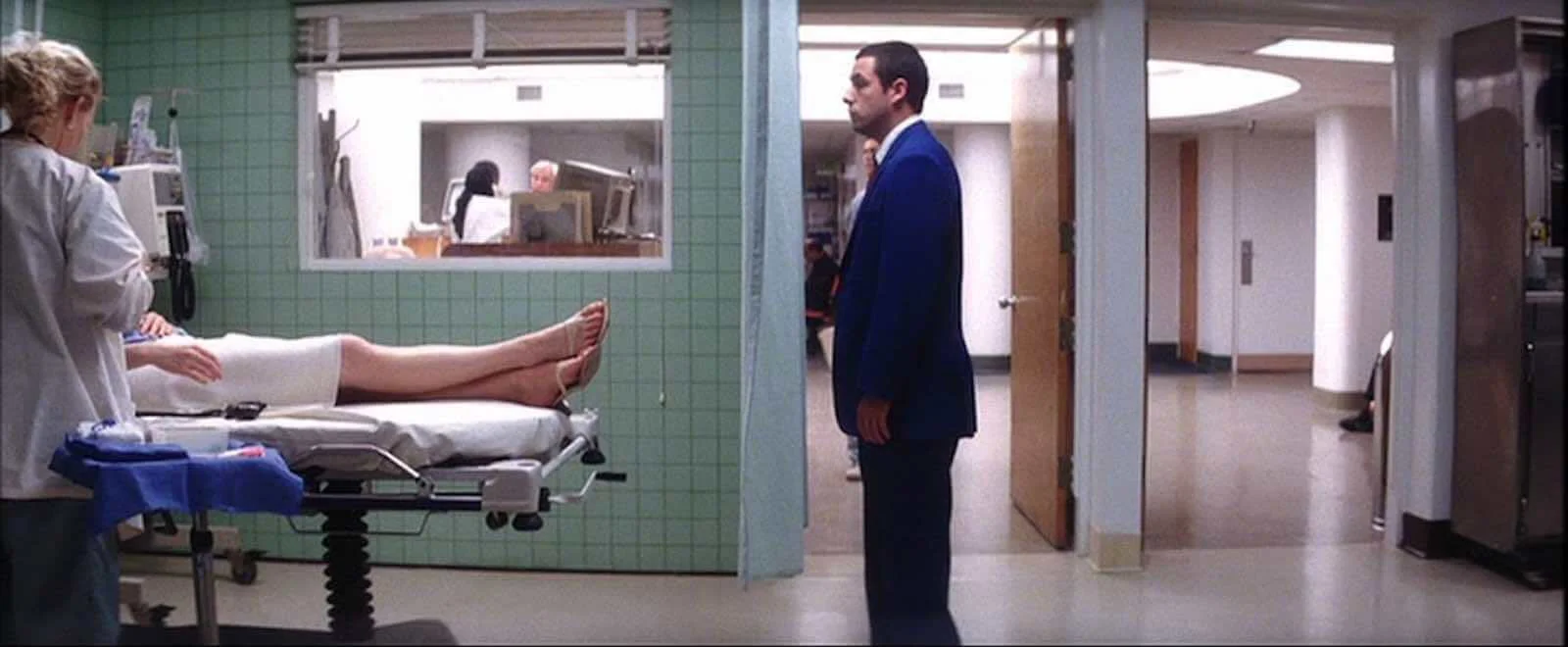
Hip Level Shot Example • Punch-Drunk Love
The further away you get from the subject, like in this moment from Punch-Drunk Love, to keep the subject framed with proper head room, a hip level shot will get the job done.
Learn more about Cowboy Shots →
Knee Level Shot Example
Knee Level Shot
This is when your camera height is about as low as your subject’s knees. They can emphasize a character’s superiority if paired with a low angle. It's not as extreme as a ground level shot but it gets the same feeling across. These are ideal when you want to focus on characters walking, or in this case from Home Alone, creeping.
Here's an example of the knee level camera angle:
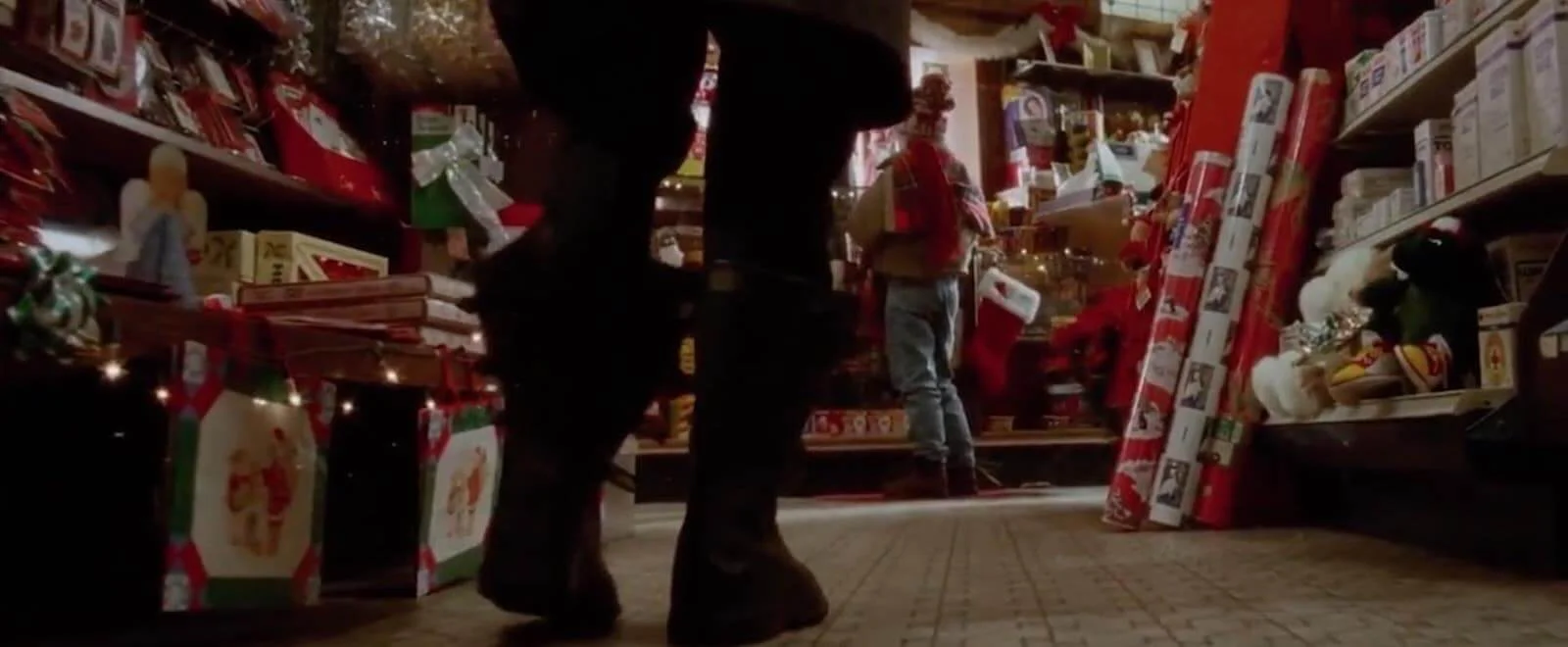
Knee Level Shot • Home Alone
Ground Level Shot Example
Ground Level Shot
A ground level shot is when your camera’s height is on ground level with your subject. This camera angle is used a lot to feature a character walking without revealing their face, but it can help to make the viewer more active and use the actor's performance to build an idea.
Here's an example of the ground level camera angle:
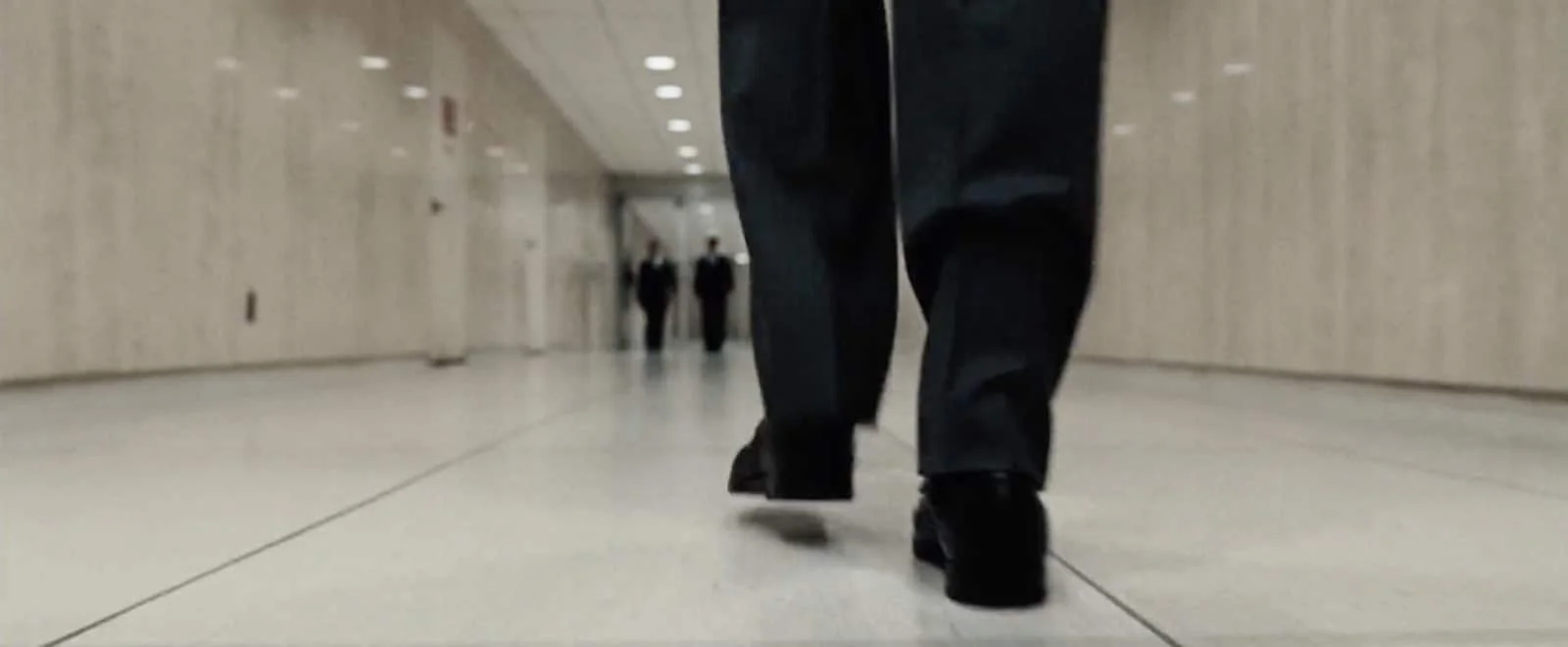
Ground Level Shot Example • Burn After Reading
Shoulder Level Shot Example
Shoulder Level Shot
A shoulder level shot is a camera angle that is as high as your subject’s shoulders. Shoulder level shots are actually much more standard than an eye level shot, which can make your actor seem shorter than reality.
Here's an example of the shoulder level camera angle:
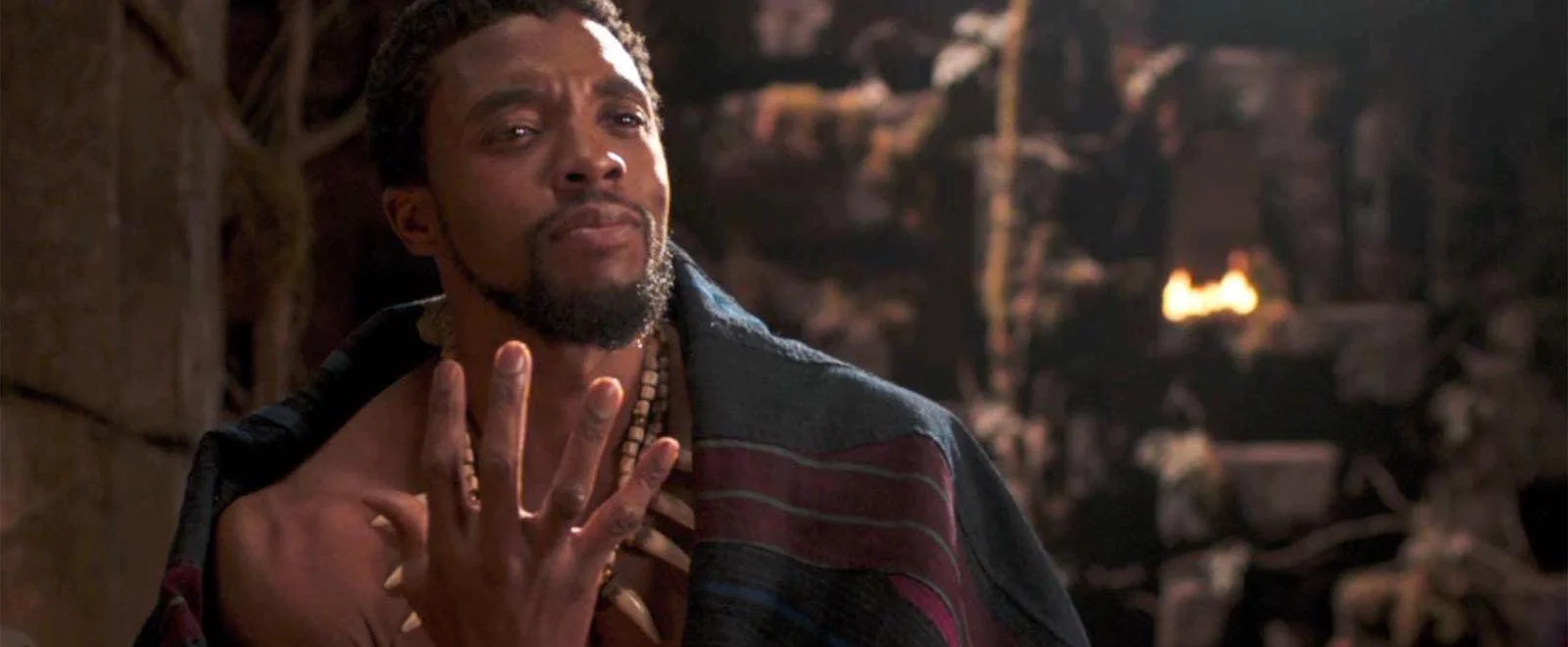
Shoulder Level Shot • Black Panther
Because the camera is aligned with the shoulder, it allows the actor's head to reach the top of the frame (reducing head room). It also places the actor's eye-line slightly above the camera, and, in turn, the illusion of a slightly lower angle.
Dutch Angle Example
Dutch Angle or Dutch Tilt Shot
For a Dutch angle (Dutch tilt), the camera is slanted to one side. With the horizon lines tilted in this way, you can create a sense of disorientation, a de-stabilized mental state, or increase the tension.
Here's an example of the Dutch angle camera angle:
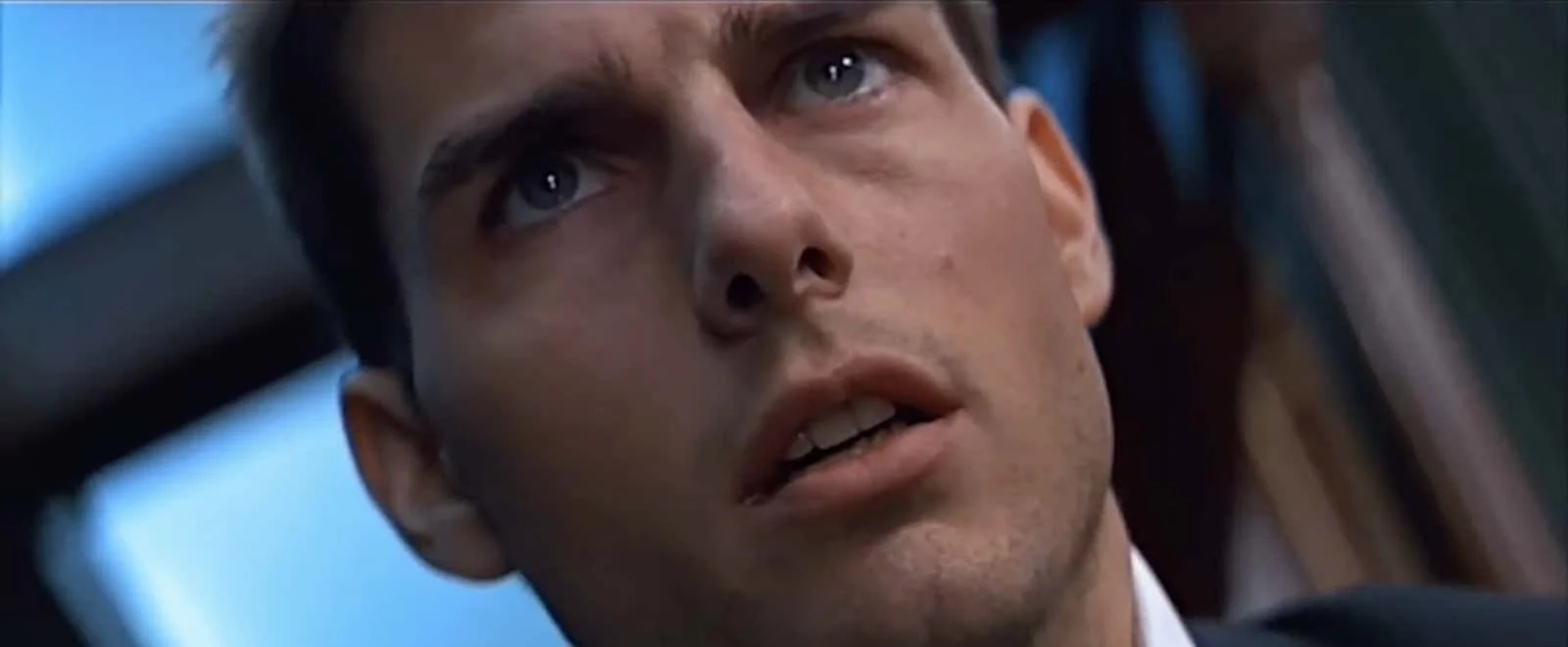
Dutch Angle Camera Angle • StudioBinder
Here's a video example of the Dutch angle camera angle focusing on the precise moment to use one. Watch as the scene begins with "level" and "normal" shots before switching to Dutch angles for maximum impact.
Dutch Angle Example • Subscribe on YouTube
Think of the Dutch angle as "emphasis" for any tense or subjective moment. It's a great way to amplify whatever emotion, mental state, or suspense you're bringing to the scene.
Learn more about Dutch Angle Shots →
Overhead Shot Example
Overhead Shot or Bird's Eye View
An overhead shot is from above, looking down on your subject. These are typically shot from 90 degrees above — anything less might be considered a high angle shot instead.
An overhead shot doesn't need to be super high, but it can be. Here's an example of the overhead shot camera angle:
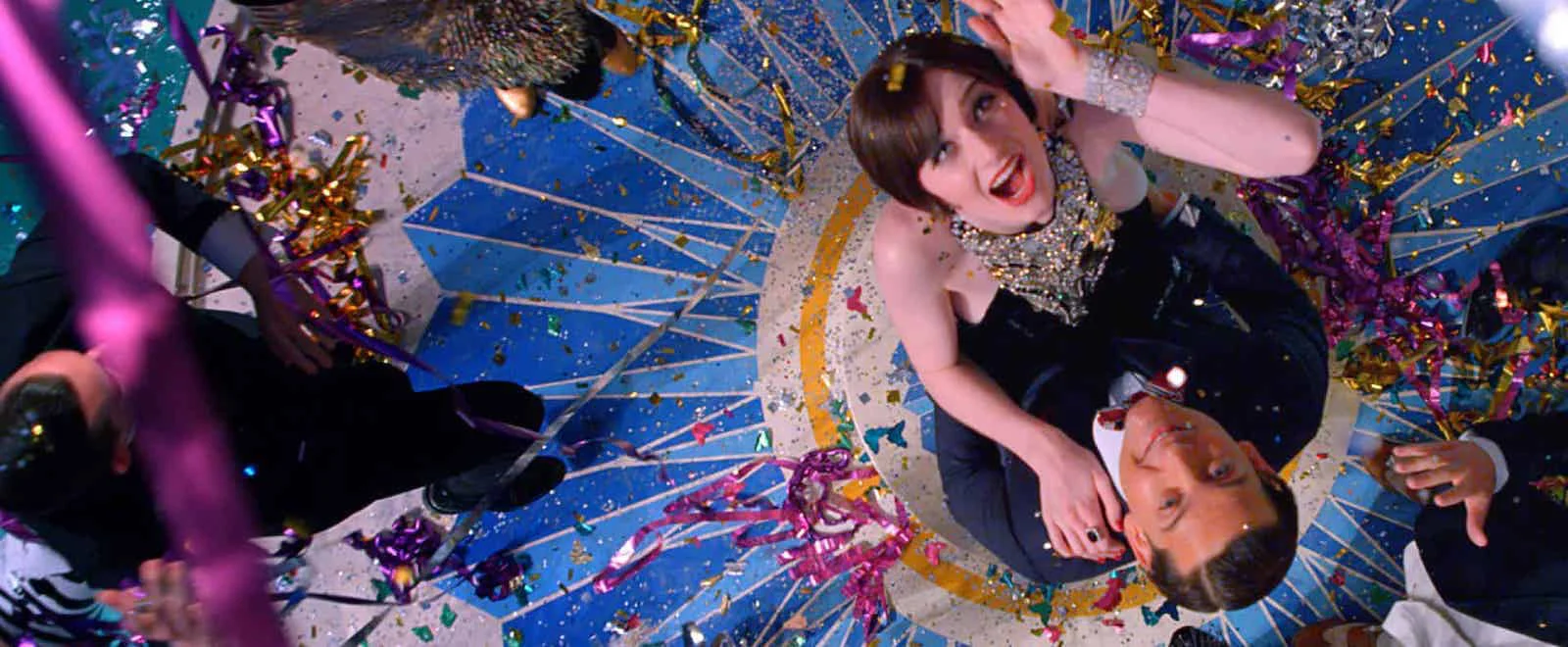
Overhead Shot Camera Angle • StudioBinder
Overhead shots are great for providing perspective on a scene — but not just any perspective. It's often used as either a "neutral" or sometimes "divine" point of view.
Learn more about Overhead Shots →
Aerial Shot Example
Aerial Shot
An aerial shot, whether taken from a helicopter or drone, is captured from way up high. It establishes a large expanse of scenery. Many of the helicopter shots in Black Hawk Down are aerial shots.
Here's an example of the aerial shot camera angle:
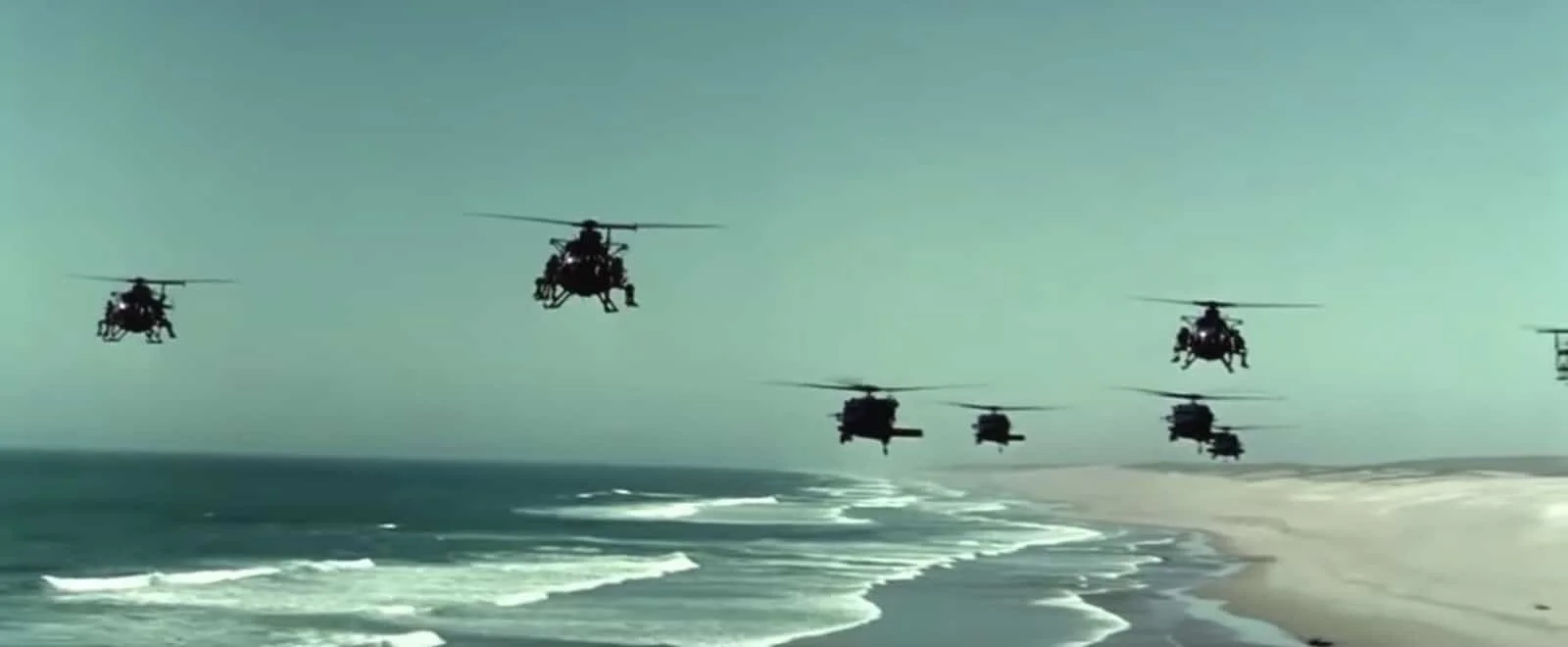
Aerial Shot Example • Black Hawk Down
Affordable drones have made aerial photography more accessible to filmmakers. Once considered a big-budget luxury or stock-footage mainstay, original aerial photography is now within reach of almost any production, all thanks to the "rise" of drones (and Sky-net).
Learn more about Aerial Shots →
CAMERA ANGLES
Get Inspired. Explore More Angles.
Explore the different types of camera angles, and learn how to combine them with other shot specs for visual storytelling.
Different Types of Camera Angles
UP NEXT
The Complete Guide to Camera Shots
Camera angles are very important in visual storytelling but they are just the beginning of the options available. When you find yourself prepping a shot list, remember shot size, framing, focus, and camera movement. When filmmakers can combine these elements into a single shot for the right reasons, that's when iconic moments in film are born. If you'd like to see our entire list of camera shots in film, make sure to continue onto the next post.
Up Next: Camera shots in film →
Showcase your vision with elegant shot lists and storyboards.
Create robust and customizable shot lists. Upload images to make storyboards and slideshows.
